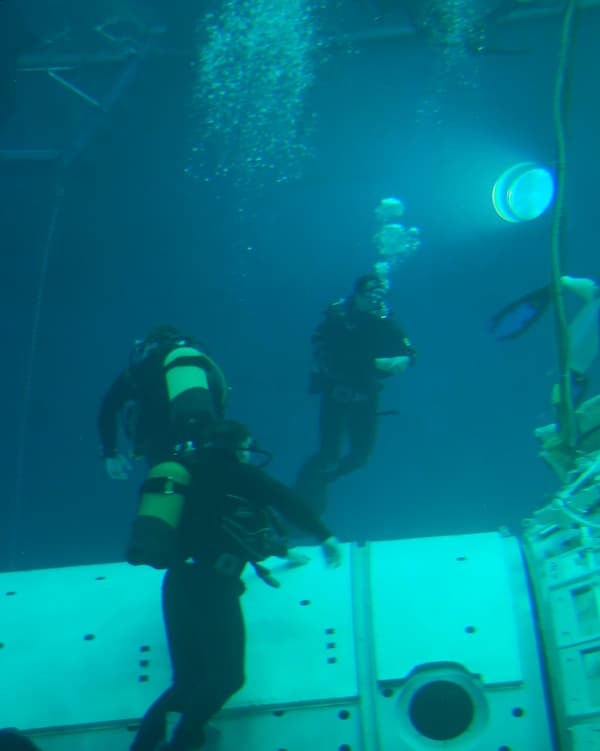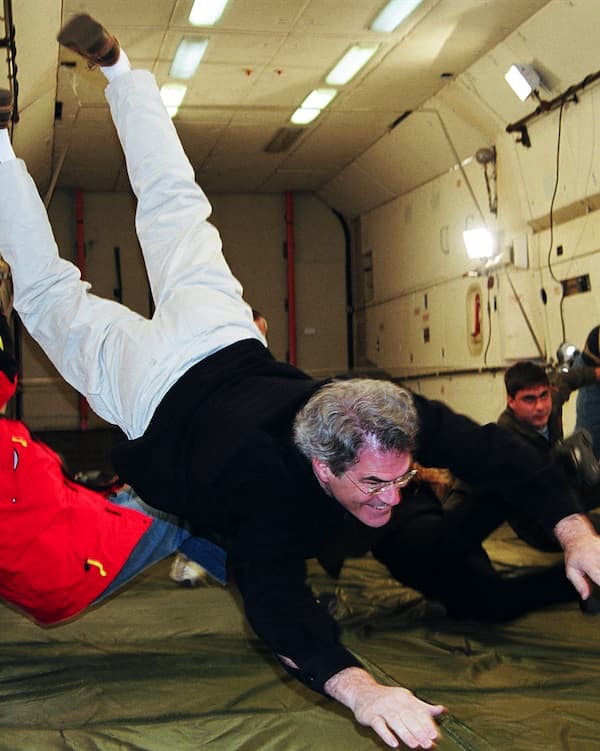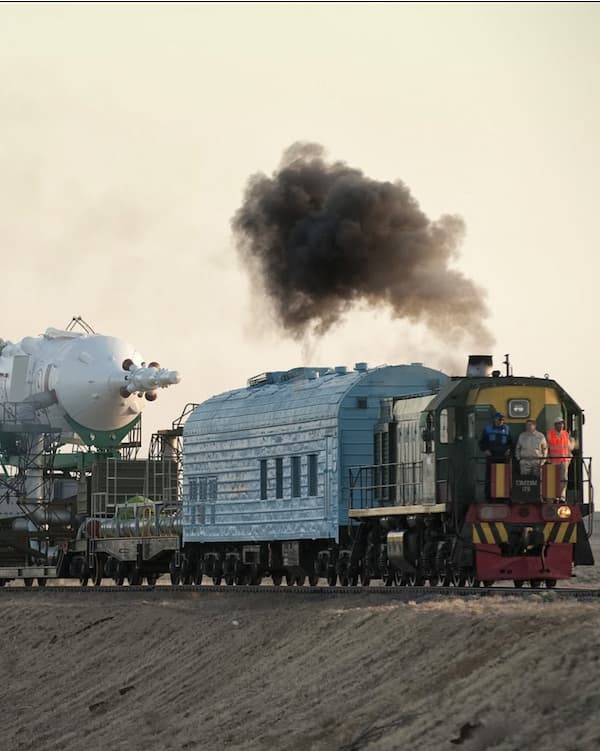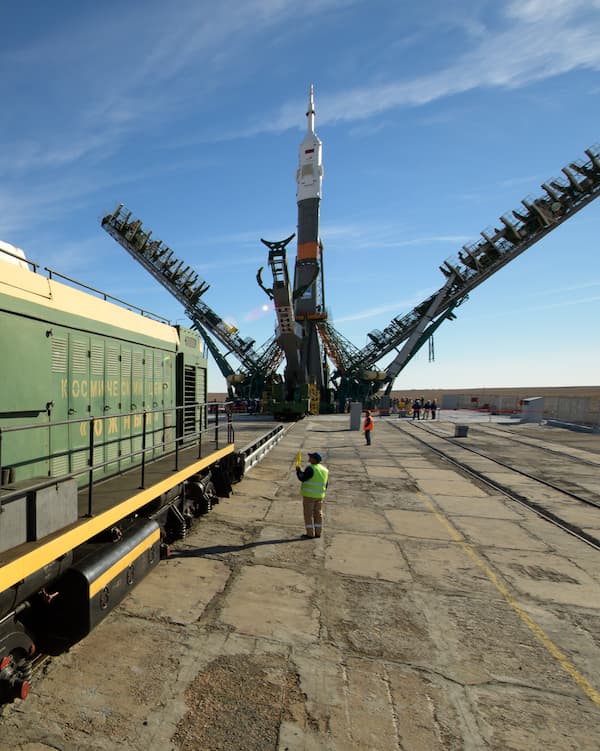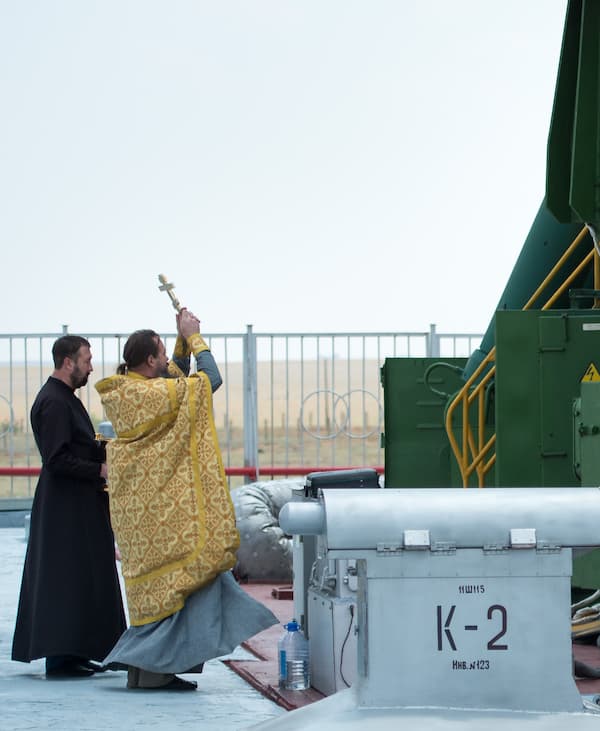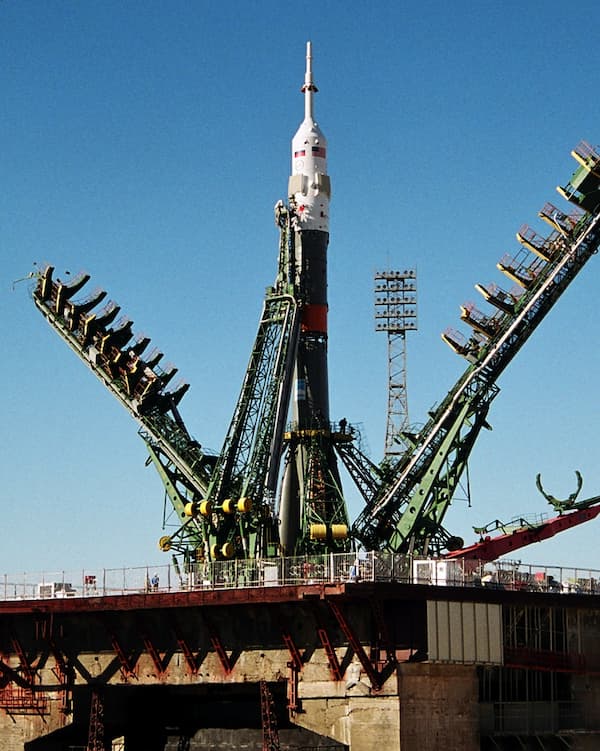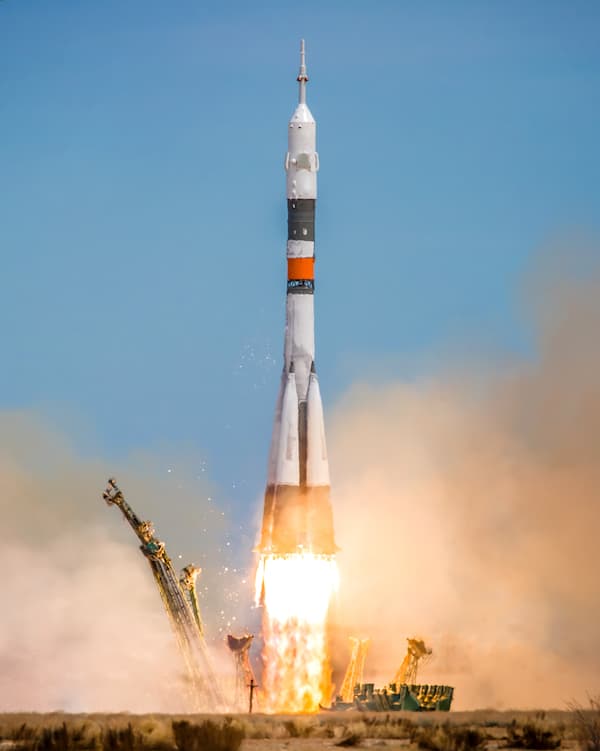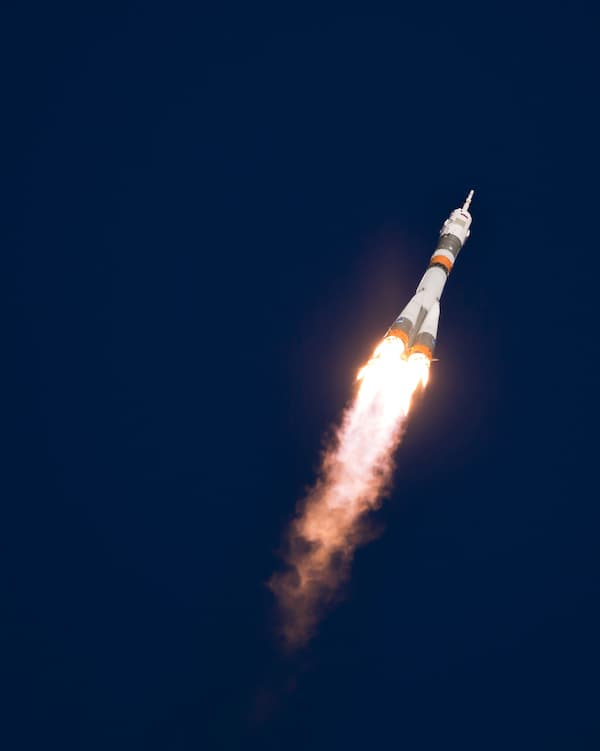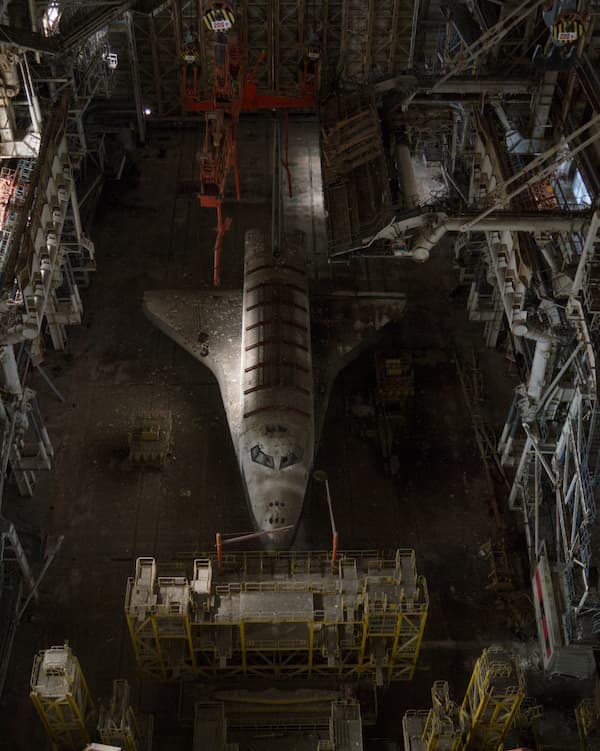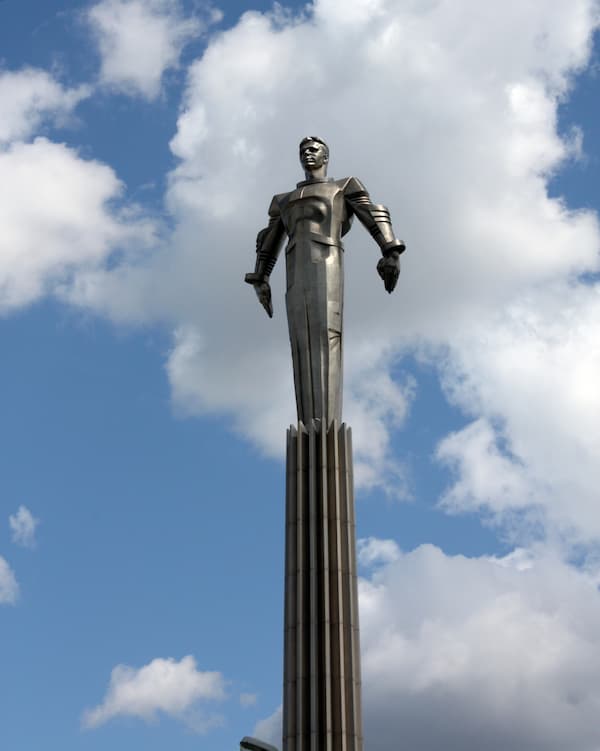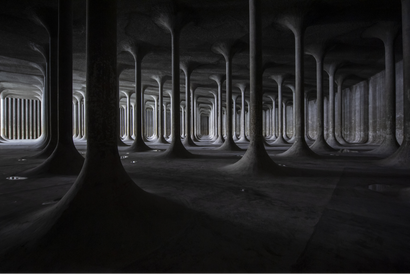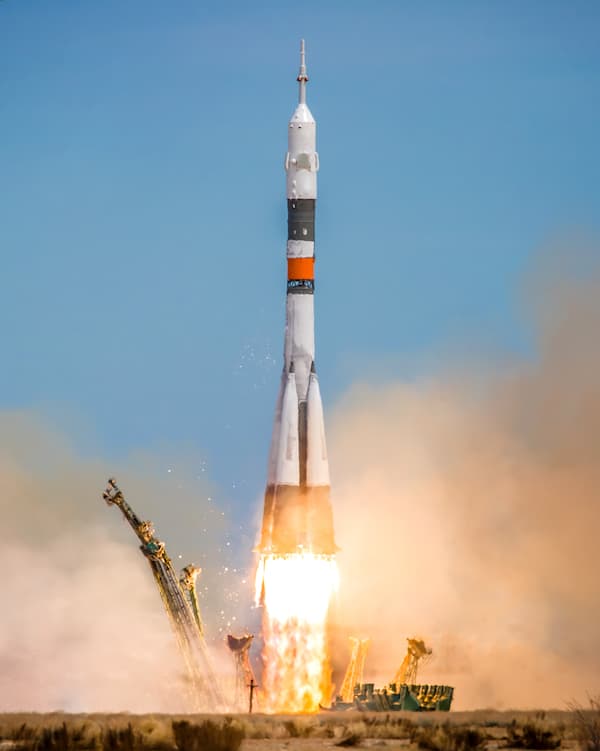

Stairway to the Stars
From outer space, borders vanish; and the conflicts that divide nations fade away. But it was conflict that kickstarted the space race, catapulting man into the stratosphere. In the mid 20th Century, space was the dramatic arena for an ideological struggle between Communism and Capitalism. Winning the Space Race meant winning the Cold War.
Stairway to the Stars celebrates 60 years of humans in space. It takes travellers “one small step” closer to the stars, granting them a rare and privileged glimpse inside the Russian space programme. Travellers can train like real cosmonauts, experience the exhilaration of weightlessness, and witness the raw power of a rocket launch up-close.
Russian authorities require all travellers pass security checks and medical assessments prior to departure. Tour must coincide with launch dates and are subject to availability.
Private bespoke tours from USD$29,950 p/p
Duration: 10 days/9 nights
Carbon footprint: 7.4 tonnes CO₂e p/p
or call +7 704 314 56 99
From outer space, borders vanish; and the conflicts that divide nations fade away. But it was conflict that kickstarted the space race, catapulting man into the stratosphere. In the mid 20th Century, space was the dramatic arena for an ideological struggle between Communism and Capitalism. Winning the Space Race meant winning the Cold War.
Stairway to the Stars celebrates 60 years of humans in space. It takes travellers “one small step” closer to the stars, granting them a rare and privileged glimpse inside the Russian space programme. Travellers can train like real cosmonauts, experience the exhilaration of weightlessness, and witness the raw power of a rocket launch up-close.
Russian authorities require all travellers pass security checks and medical assessments prior to departure. Tour must coincide with launch dates and are subject to availability.

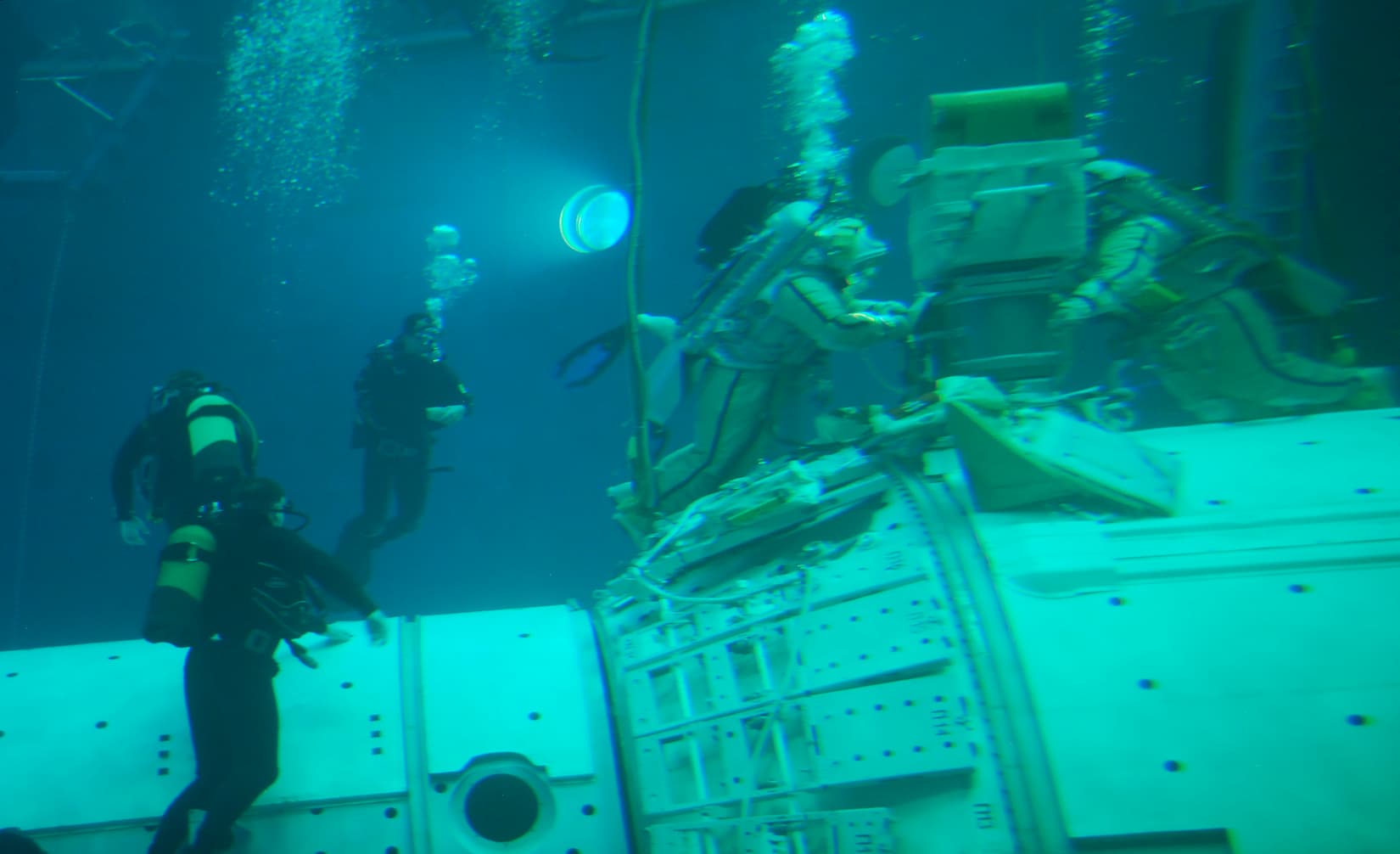

Highlight: Follow the Footsteps of Cosmonauts
At the height of the Cold War, the Soviet Union built hundreds of closed cities. They existed to facilitate sensitive military research, and could only be visited by high-ranking personnel. Absent from maps until 2008, Military Unit 26266 (Star City) is hidden in the woods some twenty miles northeast of Moscow. It was here that Soviet cosmonauts like Yuri Gagarin lived and trained for their missions to space.
Star City is still a working training centre today. Start your trip by training at the same facilities that cosmonauts still use to prepare for their missions to the International Space Station. Experience the G-forces of a rocket launch on the world’s largest centrifuge. Suit up in an Orlan space suit, and simulate the conditions of weightlessness in the Mir underwater module.
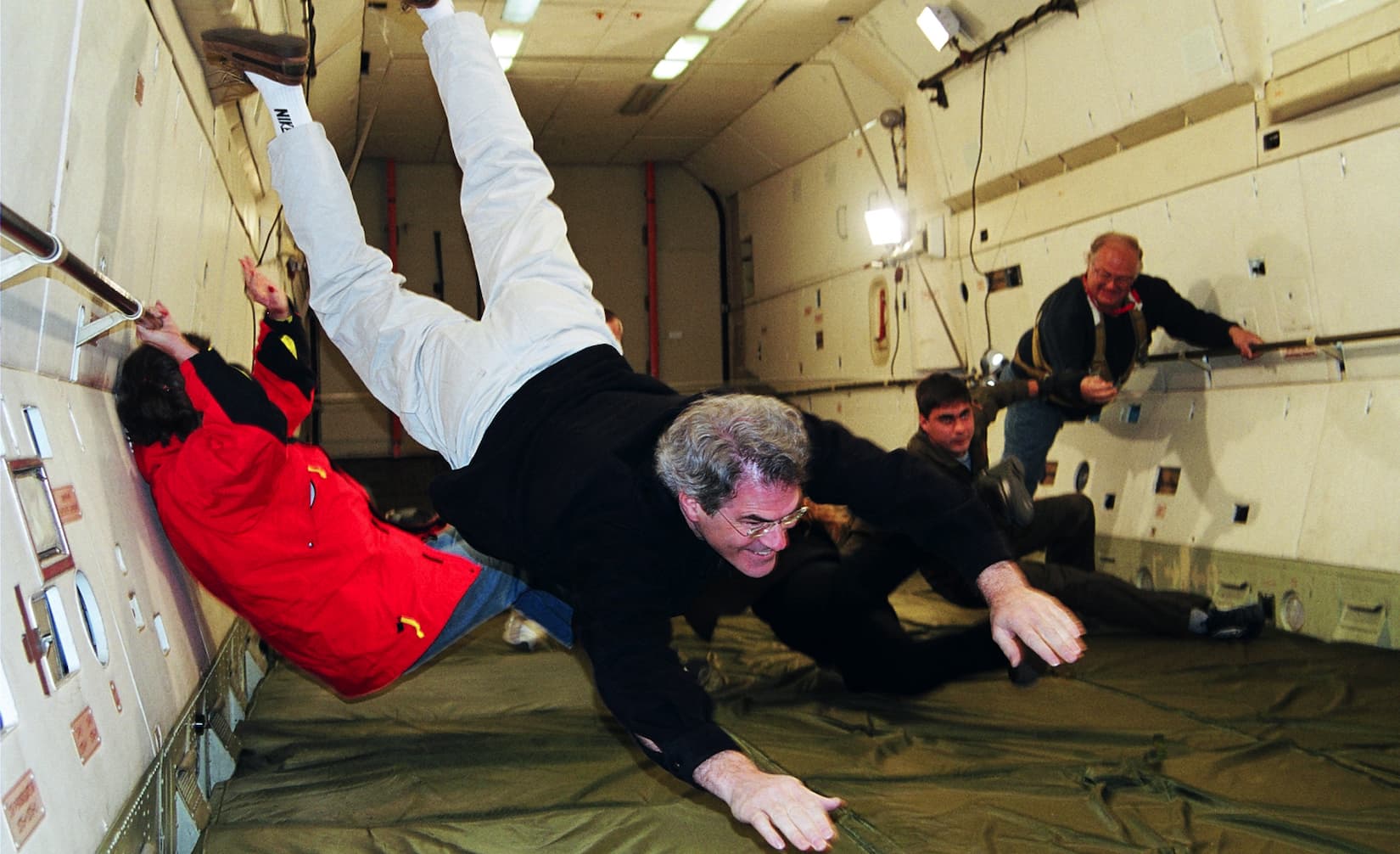
Highlight: Escape Earth’s Pull in Zero-Gravity
In the 1960s, Russian cosmonauts and American astronauts would prepare for their trips to space with zero gravity flights. A strengthened aircraft would climb to 30,000 feet before entering a controlled freefall, creating the feeling of weightlessness. Zero-G aircrafts were also used to research fluid physics, human and animal biology and physiology, and test new technology.
Break free from gravity’s pull on a Russian Space Agency IL-76 military transport aircraft. Join real-life cosmonauts inside the aircraft’s padded cabin to float, soar, and hang suspended in space. It’s a sensation like no other. This option can be exchanged for a training flight on a L-29 if preferred.
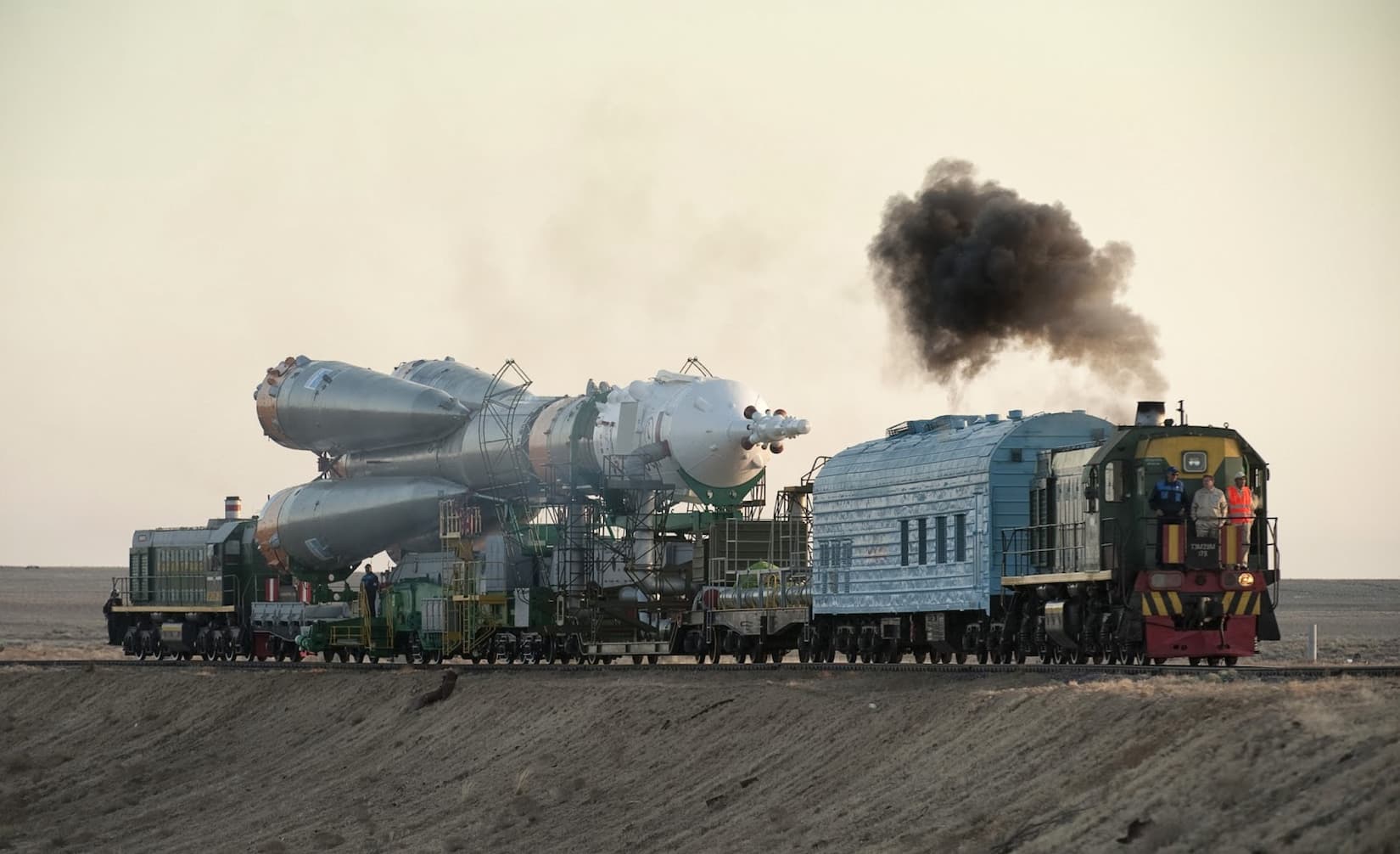



Highlight: Witness the Soyuz Rollout
Deep in the dry arid Kazak desert is the Baikonur Cosmodrome. Built in the 1950s, it was a secret missile testing site and the base of operations for the Soviets' ambitious space program. The world’s oldest space launch centre, Baikonur was the launch site for the first satellite, animal and human in space.
Get front row seats to see the assembly hangar doors open and the Soyuz rocket emerge. Watch its journey to the launchpad by rail, and as it’s raised upright. Stand side-by-side with the press and the families of the cosmonauts as the rocket is blessed by Russian Orthodox priests.
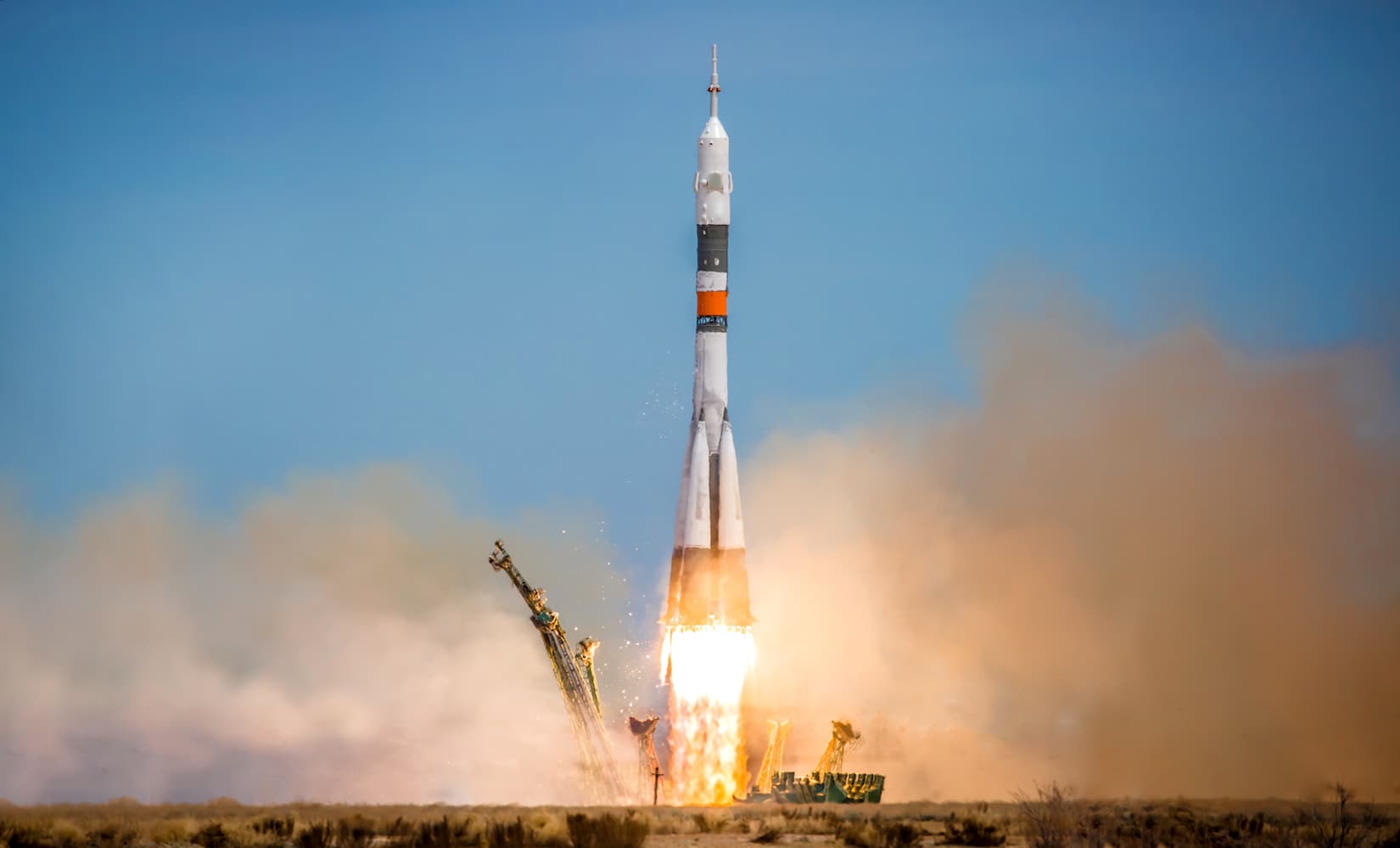
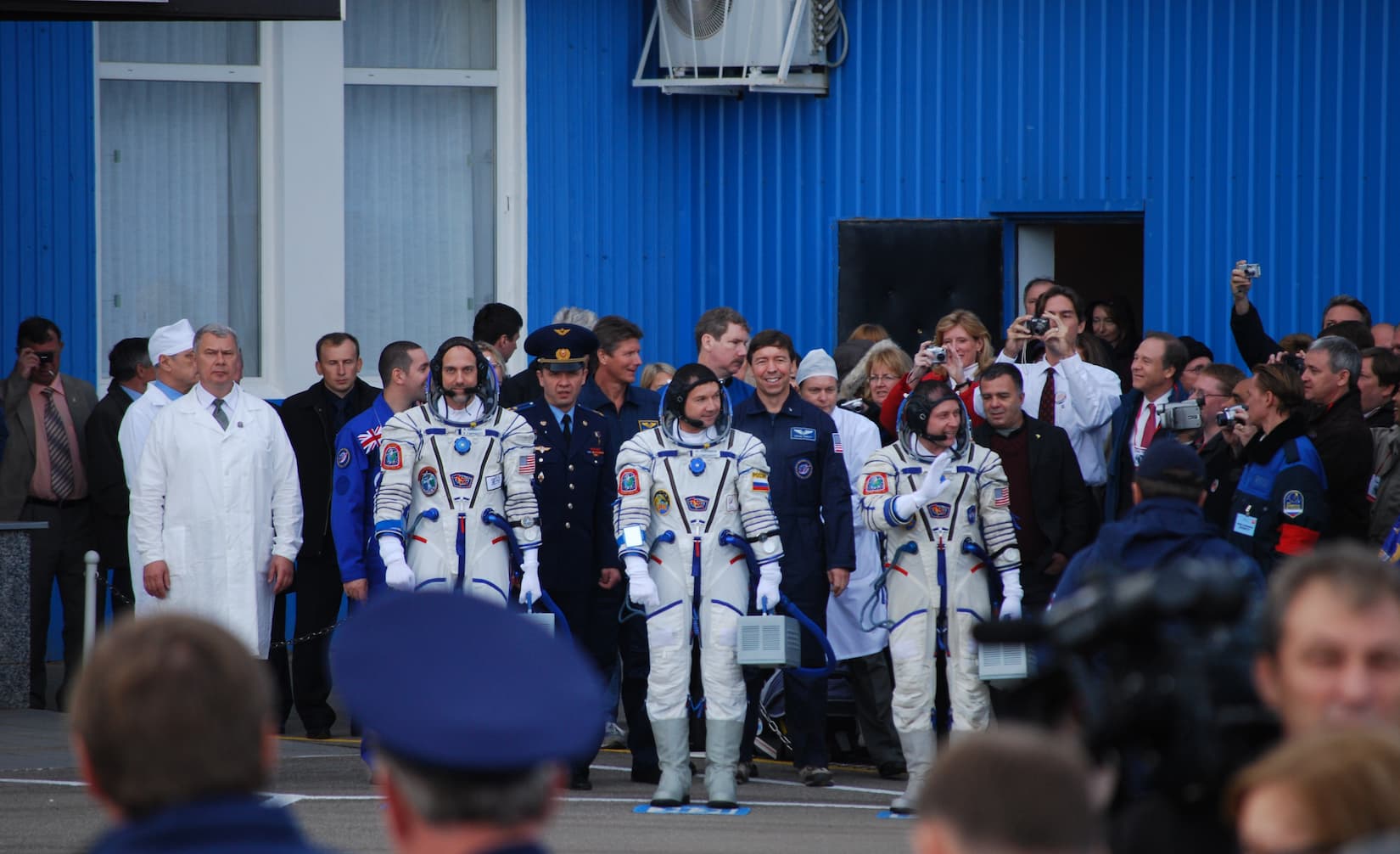


Highlight: Experience a Rocket Launch
The Soyuz traces its design back to the Vostok rockets which launched the first cosmonauts into space in the 1960s. It’s widely considered the world's safest, most cost-effective human spaceflight vehicle. More than 50 years after its first flight, the Soyuz is still the workhorse of the Russian spaceflight program.
Be there for the ‘Ready to Go Report’ as the crew get final approvals for launch, and say goodbye to their families for the final time before heading to the launchpad. Join the families of cosmonauts, press and dignitaries at the VIP area and watch the raw power as its engines ignite, followed by a low rumble which builds to a roaring thunder as the Soyuz propels the crew towards the International Space Station at nine times the speed of sound.

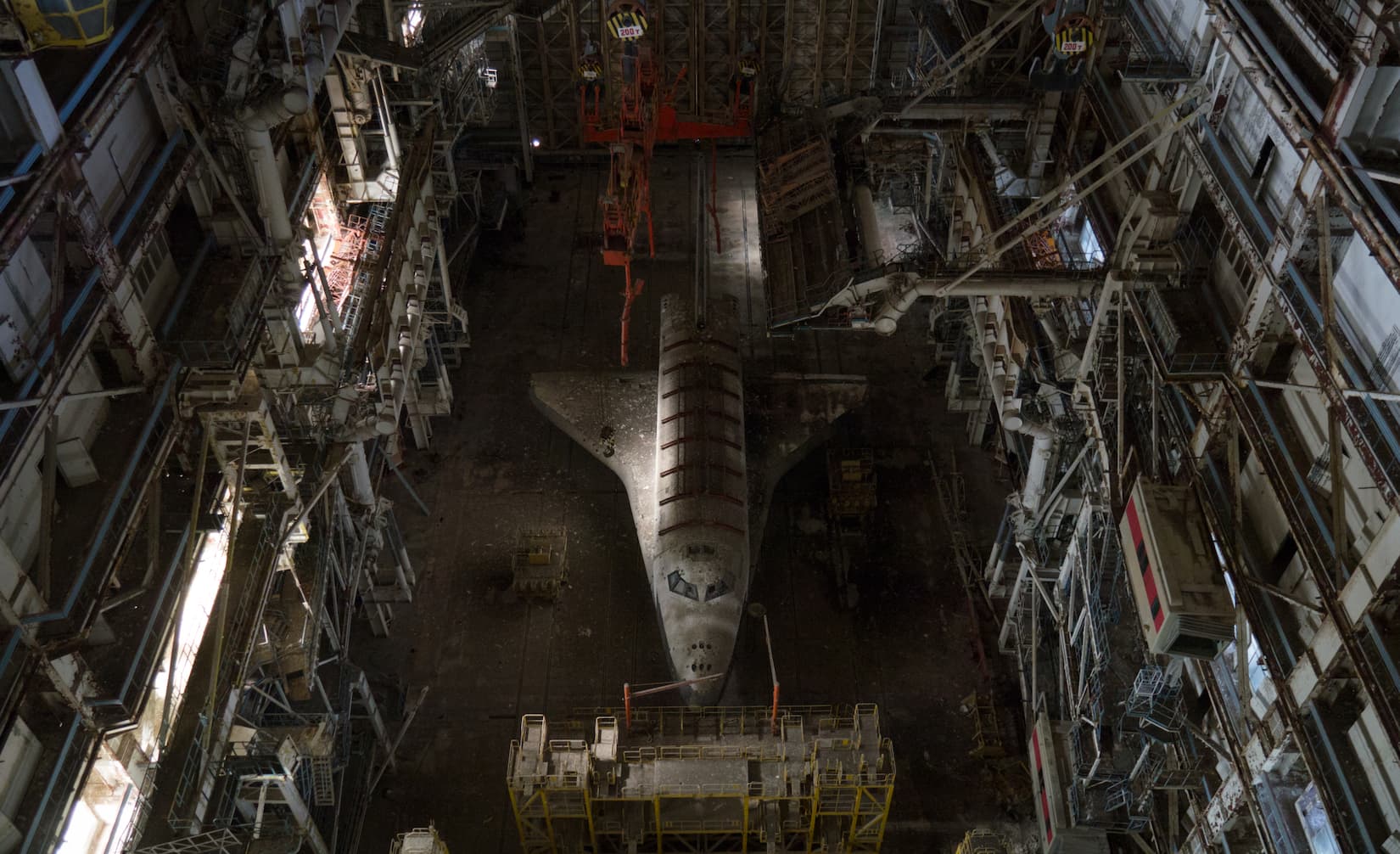

Highlight: Art and Artifacts of the Space Race
Space captured the Soviet imagination. It became part of the fabric of everyday life. Playgrounds were designed to resemble rockets, while entrances to metro stations featured colourful mosaics of floating cosmonauts. Vacuum cleaners were shaped like orbiting planets, and lamps like rockets at launch.
See what’s left of space-fever in former-Soviet Russia and Kazakhstan. Visit museums and monuments which bear witness to the impact of the Space Race on design, science, and architecture. From Moscow’s design museum, to the Space Conquerors’ Monument, learn how the Soviet Union used the Space Race to promote their world view. Read more →
Safety & Security
While we love adventure, we don’t like unnecessary risk. The safety and security of our travellers comes first. We will not hesitate to alter or cancel travel due to changing security dynamics. Working with local guides, we receive real-time security updates, and plan our tours to minimise risks, mitigate consequences and put travellers’ minds at rest.
Our partners, Joro Experiences , are experts when it comes to travelling to remote parts of the world. Both founders have lived or worked in conflict-affected regions. They ensure that travellers are always in the very safest of hands.
You can choose to do this exact tour or personalise it. All trips are 100% bespoke, and we will work with you to build an adventure that fits your budget, timeline and interests.
Our Commitment to Freedom & Equality
Human rights: We’re respectful of being guests in other countries with different cultures, but won’t stand silent when human rights are violated. In some of the countries we visit, the authorities regularly crack down on the media, harass peaceful protesters, engage in smear campaigns against political rivals, and ban independent foreign organisations.
Our commitment to freedom and equality is unwavering. We donate 1.5% of the price of each tour to Human Rights Watch, an independent, non-profit NGO that exists to give voice to the oppressed and hold those responsible accountable. Read more about our commitment to freedom and equality for all here.
Supporting Local Communities: We work with the communities we travel through to ensure that our tours have a positive impact. We select local hotels where available, and pay local guides and fixers a living wage.
Comrade Kyiv donates a further 1.5% of the price of each tour to the Anti-Corruption Foundation (FBK), the only non-profit organisation in Russia that investigates, reveals and prevents corruption among high-ranking Russian government officials. Read more about their work here.
Our Commitment to the Environment
There is no better way to understand other cultures than to visit them. But ultimately, all travel has an impact on the environment. We’re working with values-led businesses like Joro Experiences to find the least carbon-intensive options for every stage of each tour. Here’s our journey so far.
Where we started: To reduce the carbon footprint of this tour, we first measured it. That number was estimated at 7002 kg of CO2e per person. This included return flights from New York, internal transport, food, hotels and all activities.
Our progress so far: We’ve reduced the original carbon footprint of this tour by approximately 7% (482 kg) already through the following actions.
Reducing power consumption: We request that hotels and homestays do not wash sheets or towels for stays less than 3 nights.
Eating Local: Our guides will also recommend local restaurants which use regionally sourced produce to reduce the food miles of each meal.
Eliminating plastic waste: The average traveller drinks two bottles of water per day. With an average working life of less than 15 minutes, single use plastics like bottled water take 450 years to completely degrade. We will provide a reusable water bottle if you don’t have one.
Offsetting emissions: All remaining unavoidable carbon emissions are offset through our partners at Chooose. Chooose uses that money to capture the equivalent carbon emissions from the atmosphere and store it in stable ways.
Our future plans: We’ve set a goal to reduce the average footprint of each tour by a further 50% by 2026. In order to meet that target, we’ll work to find new ways to reduce impact, but we’ll also be reliant on local infrastructure improvements like the electrification of railways and installation of electric car charging stations. We’ll also be watching for technological advancements like zero-emission commercial aircrafts. We’ll advocate for them, and will be the first to adopt them as they become available.

